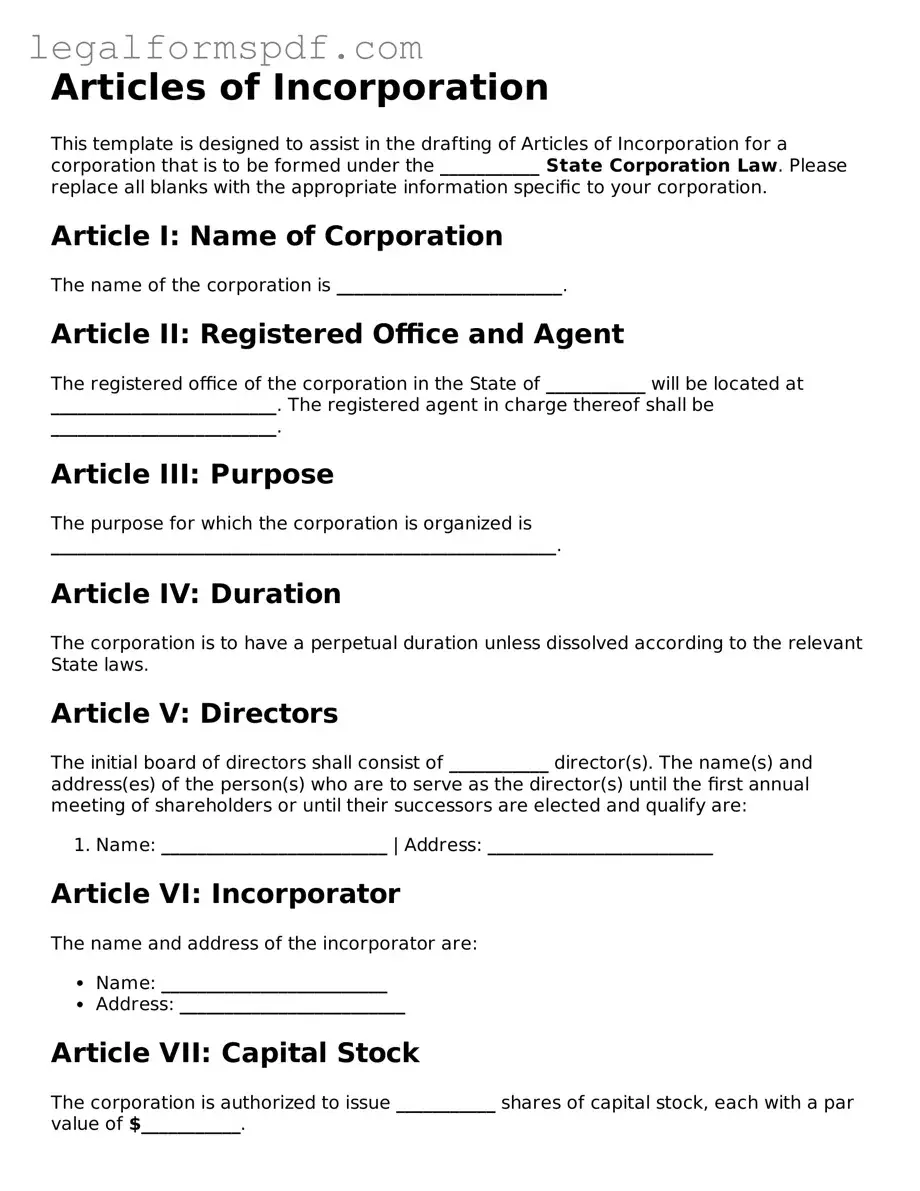The Articles of Incorporation are fundamentally similar to a Corporate Charter. Both documents serve as a formal declaration of the creation of a corporation, outlining the firm's basic aspects like its name, purpose, and structure. Where the Articles of Incorporation are filed with the government to legally establish the corporation, the Corporate Charter is more so a detailed manifesto of the corporation's governance and operational guidelines, establishing the rules under which the corporation will operate.
Bylaws closely resemble the Articles of Incorporation because they provide detailed guidelines for the corporation’s internal management and operations, albeit at a more granular level. While the Articles of Incorporation might state the corporation's broad purpose and structure, bylaws go into specifics, detailing how decisions are made, the roles of directors and officers, and how meetings are conducted. This makes bylaws an essential document for the day-to-day governance of a corporation.
Operating Agreements share similarities with Articles of Incorporation in their foundational role for limited liability companies (LLCs). Like Articles of Incorporation, Operating Agreements outline the basic framework of the company, including its members' roles, ownership percentages, and profit distributions. This Agreement is to an LLC what Articles of Incorporation are to a corporation, providing a legal structure and operational roadmap.
The Business Plan, while not a legal document, is conceptually similar to the Articles of Incorporation. Both documents are used to define the business at its outset, detailing the company's purpose, market analysis, and strategic plans. The key difference is that the Business Plan focuses on the strategy for success and growth, whereas the Articles of Incorporation are concerned with the legal creation and structure of the company.
A Certificate of Formation is to a limited liability company (LLC) what Articles of Incorporation are to a corporation. It is the official document filed with a state authority to legally establish the existence of the LLC. Both documents mark the formal creation of an entity but apply to different forms of business structures, serving similar roles in their respective legal frameworks.
Partnership Agreements resemble Articles of Incorporation in that they formalize the existence and structure of a business entity, in this case, a partnership rather than a corporation. They outline the roles, responsibilities, and profit-sharing among partners, providing a clear framework for the operation and governance of the partnership, akin to how the Articles of Incorporation set the foundational rules for corporations.
Trade Name Registration documents, while primarily focused on the naming aspect of a business, share the foundational characteristic with Articles of Incorporation. Both are filed with governmental agencies to register and recognize a critical aspect of the entity's identity — the former concerning the name under which the business will operate, and the latter concerning the official recognition of the corporation itself.
Shareholder Agreements are connected to Articles of Incorporation through their role in specifying additional details about the company's governance and financial arrangements. While the Articles incorporate the business and outline its general structure, Shareholder Agreements delve into specifics regarding shareholder rights, responsibilities, and the distribution of dividends, acting as a complement to the foundational information in the Articles.
Non-Disclosure Agreements (NDAs) might not directly relate to the formation of a corporation like Articles of Incorporation do, but they play a crucial role in protecting the proprietary information and trade secrets of a business from the outset. Implementing NDAs early on can safeguard a company's confidential information, critical to maintaining competitive advantage and operational security.
Employment Contracts, though more individualized than the Articles of Incorporation, are central to defining the roles, responsibilities, and expectations between the corporation and its employees. These contracts can lay out terms regarding employment duration, compensation, and duties, which are essential for the operational structure of the company, much like how the Articles establish the legal and structural foundation of the corporation.
